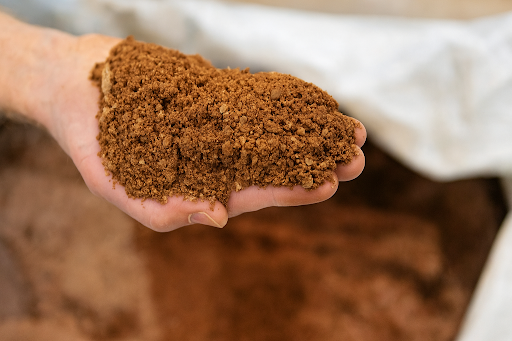Description

Copyright infringement not intended
Picture Courtesy: https://www.downtoearth.org.in/news/science-technology/ancient-rocks-reveal-earth-had-life-supporting-conditions-4-billion-years-ago-96500
Context: A study published in Nature Geoscience has revealed that Earth may have had the necessary conditions for life much earlier than previously thought.
Key Highlights of the Study
- The study analysed ancient rocks and minerals to determine the composition of Earth's early environment, revealing that the planet most likely had the conditions for life only about 600 million years after its birth. The presence of fresh water and dry land, the two crucial ingredients for life, was found as far back as 4 billion years ago.
- The widespread interaction of fresh water and land on the early Earth may have created conditions conducive to the emergence of life. However, it is unclear when the water cycle began, which describes how water evaporates from the surface, rises into the atmosphere, cools, and condenses into rain or snow in clouds.
- Fossil evidence suggests the interaction between freshwater and the emerging continental crust began approximately 3.5 billion years ago.
- Researchers investigated the origins of the Earth's water cycle by studying oxygen isotopes, which are especially sensitive to fluid-rock interactions. They focused on zircon crystals found in the Jack Hills in Western Australia's Midwest, which can be up to 4.4 billion years old, allowing the team to gain insight into early Earth.
|
The new evidence challenges the existing theory that Earth was completely covered by ocean four billion years ago. The findings indicate that the conditions for life to flourish began relatively early, less than 600 million years after the planet formed. Finding evidence of life during that period remains a challenge.
|
Zircon and Its Applications
- Zircon, a mineral belonging to the nesosilicate group, is renowned for being a significant source of the metal zirconium.
- In its natural state, zircon can exhibit various colours, including colourless, yellow-golden, red, brown, blue, and green.
- Zircon and its derivatives have a wide range of applications, with the ceramics industry being the largest user of zircon, mainly used in tile production.
- It is used as a raw material in the production of fused and chemically derived zirconia, most commonly used in advanced ceramic applications such as electro-ceramics, structural ceramics, pump components, biocompatible devices, as well as advanced technical ceramics such as oxygen sensors and solid oxide fuel cells.
- Zircon has a limited but important use in the glass sector, where it is commonly used as an X-ray absorber in cathode ray tubes for television and formerly in computer monitors.
- There are several emerging areas of research and development involving zircon and its derivatives, from heavy industrial uses to biomedical implants and advanced ceramics.

Source:
Down to Earth
Wikipedia
|
PRACTICE QUESTION
Q. What makes zircon suitable for Radiometric Dating?
A) High solubility in water
B) Ability to capture radioactive isotopes
C) Low melting point
D) Resistance to chemical alteration
Answer: C
|












